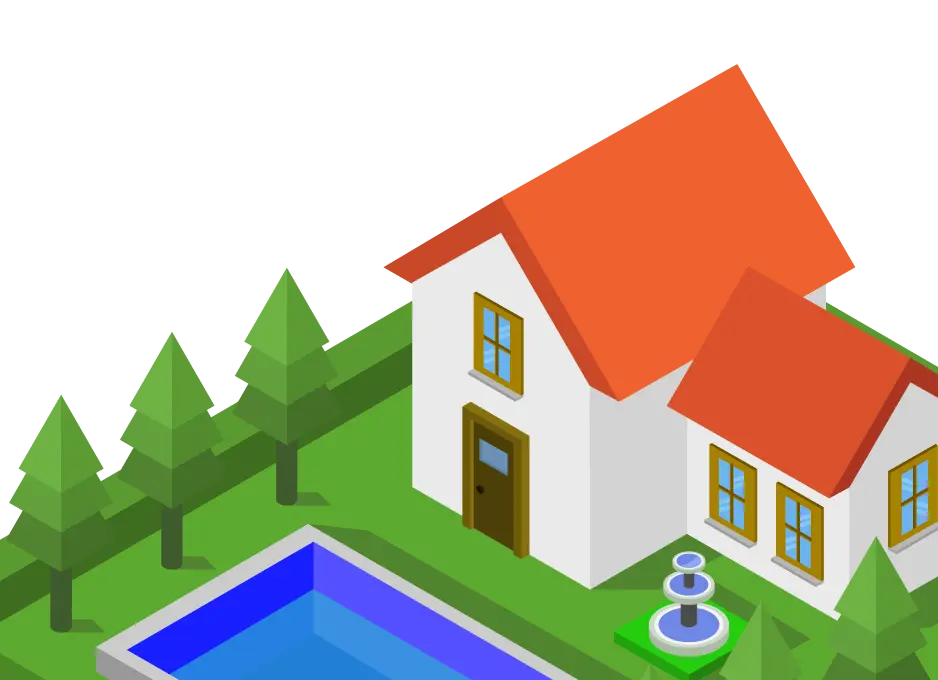Pest Profile: Social Wasp

Pest Profile: Yellow Jackets (Vespula spp.)
Having a Party? Invite the Social Wasp
Yellowjackets are one of many wasps that we commonly encounter. They are in the family Vespidae and the Genus Vespula. Yellowjackets are predatory social wasps that can be identified by their distinctive markings, rapid side-to-side flight and landing patterns, their occurrence only in colonies, and the females’ capability of stinging. Yellowjackets are an important predator of many different pest insects.
Often confused with hornets, yellowjackets are about 1/2” long with alternating bands on the abdomen. The queen of a colony tends to be larger at about 3/4” long. Because of their black and yellow coloration, they are often confused with bees; however, yellowjackets are, in fact, wasps. Unlike bees, they are able to sting repeatedly, have well-developed mouthparts, do not have dense hair on their bodies, and do not have flattened pollen-carrying hind legs. Yellowjackets will build nests in shrubs, trees, man-made structures, soil cavities, etc. using wood that they chew into pulp.
Yellowjackets are social hunters, and they live in colonies containing workers, queens, and males (drones). Colonies can become very large in size and increase rapidly to a maximum of 4,000–5,000 workers in the fall and about 10,000–15,000 workers in the summer. These wasps are a nuisance, especially when they nest in man-made structures or in the ground. Stepping on or coming across one of these nests accidentally can make for a bad day.
Although these wasps are beneficial and will destroy many insects that attack cultivated and ornamental plants, they are not one you want around. Accidentally coming across a nest will cause yellowjackets to release an “alarm pheromone,” a signal to the rest of the colony that danger is near. When this pheromone is released, the entire colony begins to display defensive behavior and may attack unsuspecting disturbers of a nest en masse. They are also heavily attracted to sugar sources such as berries and flowers. This appetite for berries and flowers is not a concern, but when yellowjackets become attracted to sugar sources that are consumed by humans, such as soft drinks and ripened fruits, they may come dangerously close to people and pose a potential stinging threat. As such, it is important to make sure that any sweets that are thrown away are properly disposed of and sealed to avoid attracting any unwanted lingering pests. If you start to see these wasps somewhere around your home, make sure to give them space and call your pest control professional!
Kristen Stevens, BCE
